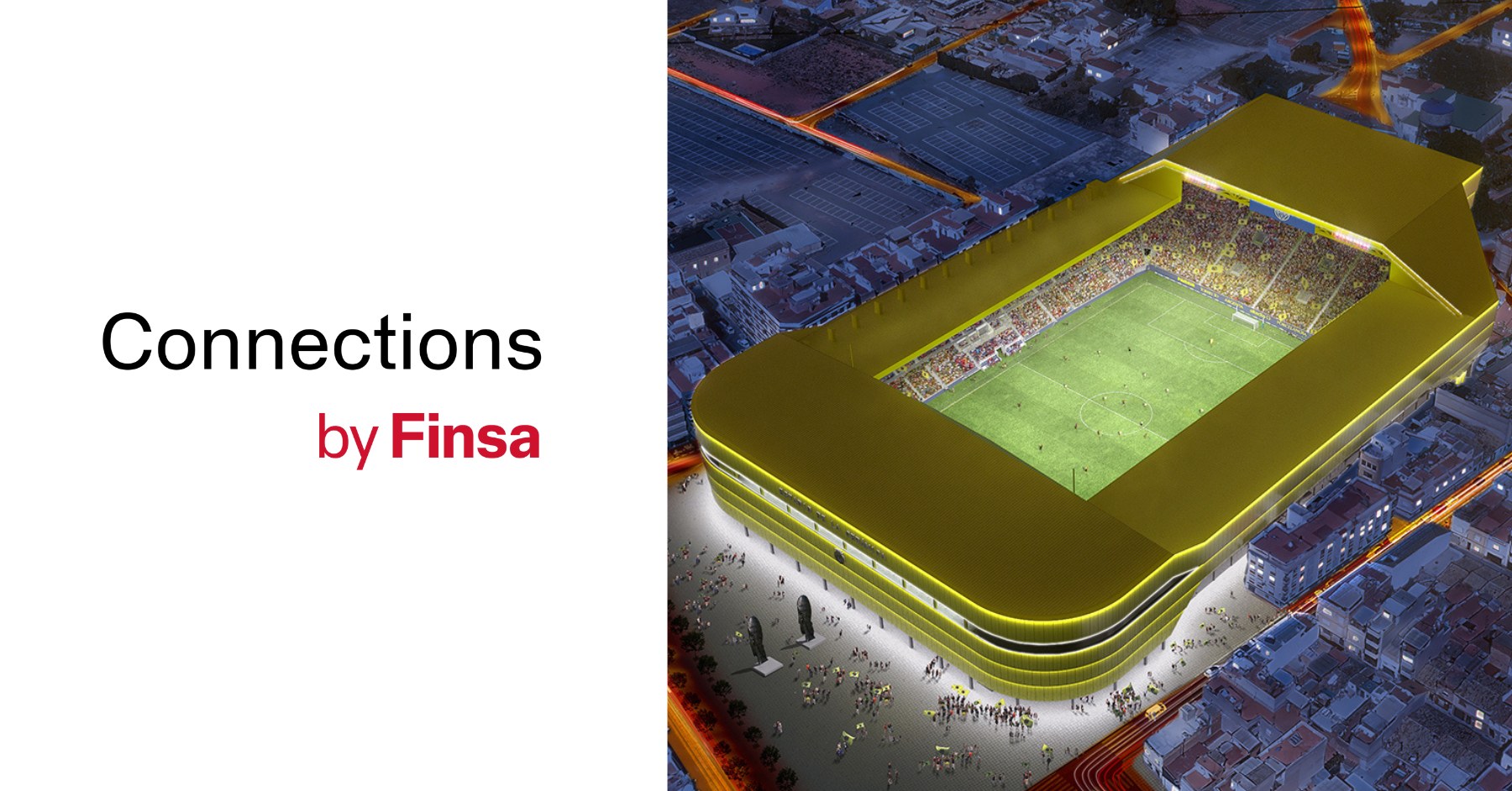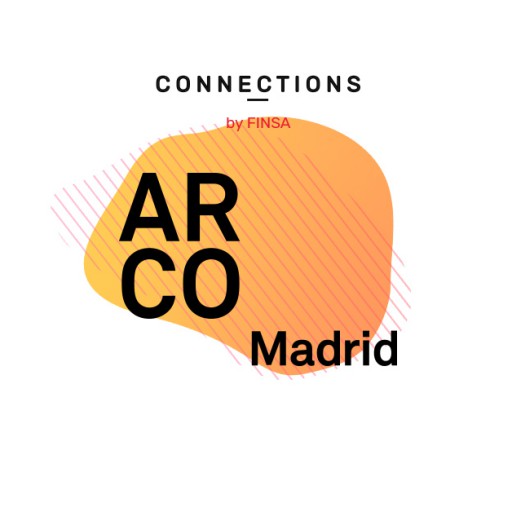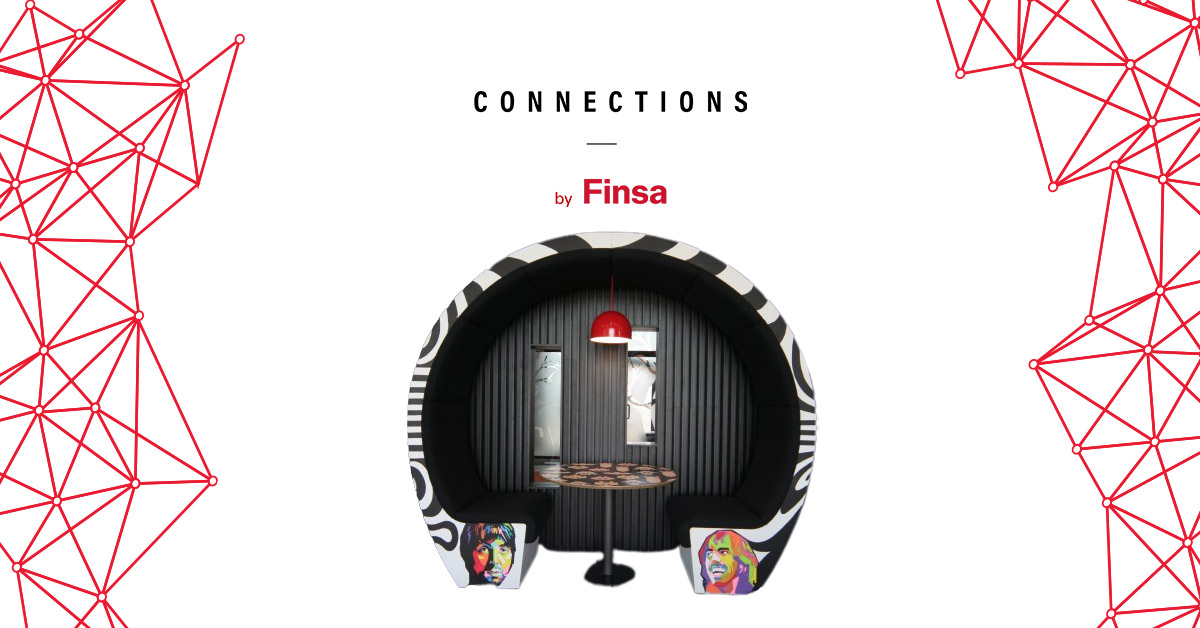“Stadiums used to be facilities in the middle of the city that generated almost an urban void because they were only used for two hours every fifteen days; the rest of the time, they were closed. They did not interact with the surrounding urban space”. César Azcárate, one of the leading figures in the field of new global sports architecture, describes a bygone era. Modern stadiums no longer just offer a football match. The audience experience goes far beyond that.

Azcárate knows this well. From IDOM (an international consulting, engineering, and architecture company based in Bilbao), he designed the new and iconic San Mamés ten years ago, which replaced the old legendary Cathedral, with a century of history in its stands. He later renovated Barça’s Camp Nou (now known as Spotify Camp Nou), Villarreal’s La Cerámica stadium in Castellón, and River Plate’s Monumental stadium in Buenos Aires. The future Romareda in Zaragoza will also bear his signature. All of these are examples of what is already known as the “new generation of stadiums“.
Ver esta publicación en Instagram
What characterizes these sports facilities?
There are several key aspects to define the stadiums of the future:
- They are sports spaces with unique and highly recognizable designs.
- They are versatile, adapting to any large-scale event.
- They introduce more uses, from hospitality to catering, including offices or stadium tours, creating a much more vibrant environment around them. The new San Mamés, for example, has a commercial area, a museum, a restaurant, a café, event rooms, and a sports center promoted by Bilbao Kirolak, a municipal society of the Bilbao City Council, with a fitness gym, Turkish bath, sauna, and indoor pools.
- They are venues that articulate the space and generate city, integrating and redefining it.
- They are a type of architecture that conveys unity and emotion among its users.
Ver esta publicación en Instagram
From interior to exterior
It is clear that as society changes, its architecture also evolves. Like the design of sports and leisure facilities. They used to be created following a model of planning exclusively towards the interior, around the event taking place inside.
Now, the exterior approach, at street level, is just as important. Or more. The trend is clear: just as with boutique gyms – for working out, of course, but which now integrate socialization into their concept, reflected in cafés, rest areas, or nursery areas that their users perceive as an extension of their own well-being – large sports facilities are beginning to project spaces around them, forming their own ecosystem and becoming places of reference for people to meet and interact.
Ver esta publicación en Instagram
Sports real estate: a future bet
Hence, sports, which until now was seen as an activity separate from the real estate world, has opened a new opportunity for real estate, as an investment to make the facilities profitable and as an accelerator of city transformation, counting on private capital to increase their entertainment, physical activity, or green space offerings.
Sports real estate is emerging as one of the sector’s major future bets. In the US, it has already taken off. Gensler, one of the world’s largest design and architecture firms, based in San Francisco, has created Fifth+Broadway, a commercial, residential, and office district next to an existing sports venue like Nashville’s Bridgestone Arena, home to the Nashville Predators, the local hockey team, but also hosts all kinds of concerts and shows.
Ver esta publicación en Instagram
The Hub on Causeway, a mixed-use complex also designed by Gensler next to the Boston Celtics’ court, TD Garden Arena in Boston, is another excellent example of how urban sports and leisure venues will be designed in the future. From its façade, as if it were a blank canvas, a mosaic of leisure, commerce, hotels, offices, and residences has been created, attached to the arena, creating a perfect connection with the city. The barriers between stadiums and cities are increasingly porous. Now, a large sports venue requires an environment with operational retail all hours, multiplying experiences.
Ver esta publicación en Instagram
Emerging trend in Spain
In Spain, the trend of sports real estate, although still emerging, is more than palpable. Experts point out that it is not a passing trend but has come to stay. This boom is being driven by various factors. The growing demand for spaces for physical and leisure activities and the increasing interest of major investment funds are joined by another key element: Spain’s attractiveness as a sports destination, reinforced by hosting the 2030 FIFA World Cup alongside Portugal and Morocco.
Amid this global event, Populous, another leading architectural firm specializing in sports facilities, landed in Madrid in 2024. The American company, based in Kansas, believes that despite the quality of Spanish football, some of our stadiums have become outdated and need to be adapted “to new times, new fan experiences, and developing new revenue streams for clubs“, beyond match or event days.
Populous, which began operating in the 1980s, signs the design of some of the most well-known and iconic next-generation sports and leisure venues. Their signature is on Lyon’s Groupama Stadium, the Tottenham Hotspur Stadium, and the renowned Wembley Stadium. They have two very unique projects in their portfolio. One is an exclusive leisure area next to Fulham’s stadium in London, on the banks of the Thames, combining football with premium experiences that can be enjoyed by fans and visitors all year round, generating new revenue sources.
Ver esta publicación en Instagram
The second development is the future Qiddiya City Esports Arena, the world’s first immersive stadium to be built in Saudi Arabia. Situated on a 200-meter-high cliff, this futuristic venue with a capacity for 45,000 people aims to attract visitors from around the world and revolutionize the traditional stadium experience with its wraparound design and unique technological features. The stadium will be the first in the world fully integrated with a retractable roof, a playing field, and an LED wall, an architectural innovation offering unprecedented versatility and allowing the space to transform for different events – football, boxing, esports, concerts, or theater – in a matter of hours. The epicenter of an urban leisure district, this space is close to 50,000 square meters of shops, restaurants, and hotels.
Triple positive impact
Cbre is another American real estate consultancy, based in Los Angeles, that has diversified its business and entered sports real estate. “It will have a triple positive impact: on the clubs, generating higher revenues and making them more attractive to visitors; on the public, improving their experience and providing new services in the facilities; and on the city itself, revitalizing the environment and expanding the service offering”, summarizes the company.
One of the sports projects it is developing is Galicia Sports 360, the new sports city of Real Club Celta. The complex, located in the neighboring municipality of Mos, has over 300,000 square meters of land and promises to be a new reference in sports real estate, combining football with innovation laboratories, training, leisure, living, sports medicine, and a multipurpose venue with a capacity for 10,000 spectators.
Ver esta publicación en Instagram
With innovative and strategic projects capable of generating economic, social, and environmental benefits for cities and their inhabitants, sports real estate in Spain is emerging as one of the most promising areas for real estate investment.




